Spice, Stuffing & Soul: The Irresistible World of Iranian Dolma!
If you’ve ever taken a bite of something so fragrant and flavorful it felt like a warm hug from your grandmother’s kitchen—well, then you’ve probably had a taste of Iranian dolma. This iconic dish is more than just stuffed grape leaves; it’s a culinary journey through centuries of tradition, spices, and love.
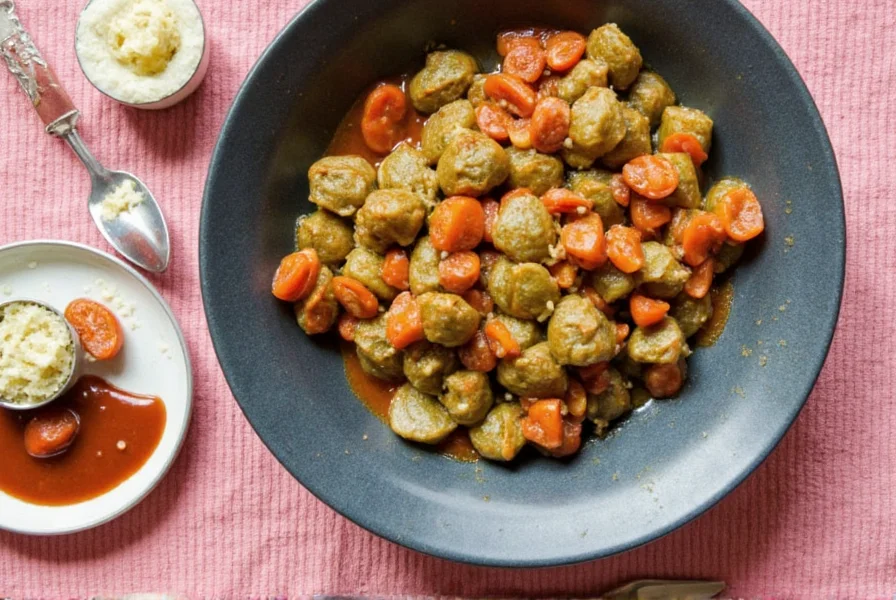
Table of Contents
- What Exactly Is Iranian Dolma?
- A Taste of History
- The Magic Inside the Leaves
- Spice Spotlight: What Makes It Sing?
- How to Cook the Perfect Iranian Dolma at Home
- Serving Suggestions & Pairings
- Buying Guide: Ingredients Worth Investing In
- Final Thoughts: Dolma Isn’t Just a Dish—It’s an Experience
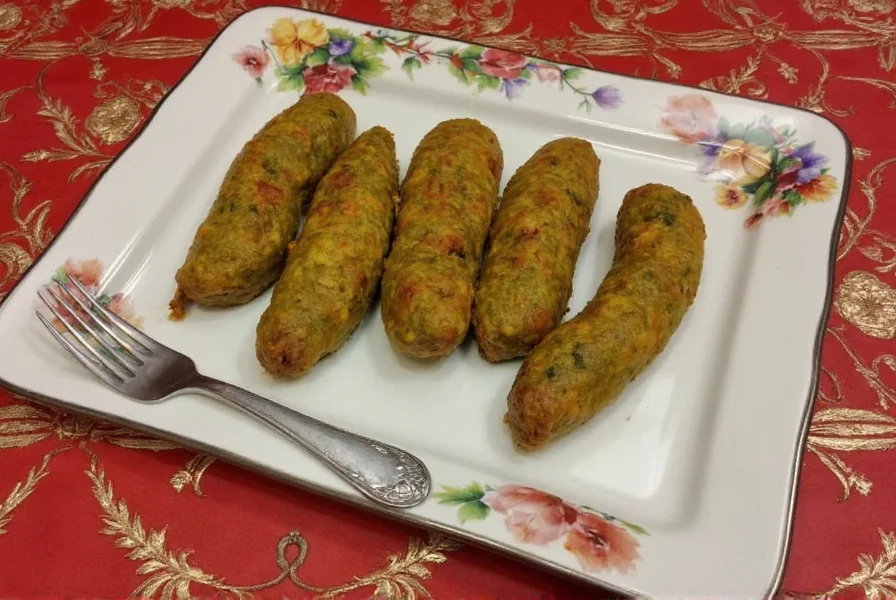
What Exactly Is Iranian Dolma?
Let’s start by clarifying the confusion that often surrounds this beloved dish. Dolma, in many Middle Eastern and Balkan cultures, simply means “stuffed.” But when we talk about Iranian dolma, we’re referring specifically to grape leaves (or sometimes cabbage or eggplant) filled with a mixture of rice, fresh herbs, and a symphony of spices.
Unlike Turkish or Greek versions which might lean heavily on lemon or cinnamon, the Iranian twist brings in a subtle herbal note, dried limes (limu amani), and delicate layering of flavors. It’s not just food—it’s poetry wrapped in green.
A Taste of History
Iranian dolma traces its roots back centuries, possibly even millennia. The practice of wrapping food in leaves has been found in ancient Persian texts and paintings, symbolizing both nourishment and ritual. During Nowruz (Persian New Year), dolma appears on tables as a symbol of renewal and prosperity—because every bite feels like springtime.
The word itself, “dolma,” comes from the Turkish word meaning “stuffed,” but Persians have made it their own with a signature blend of spices and seasonal ingredients that vary depending on the region.
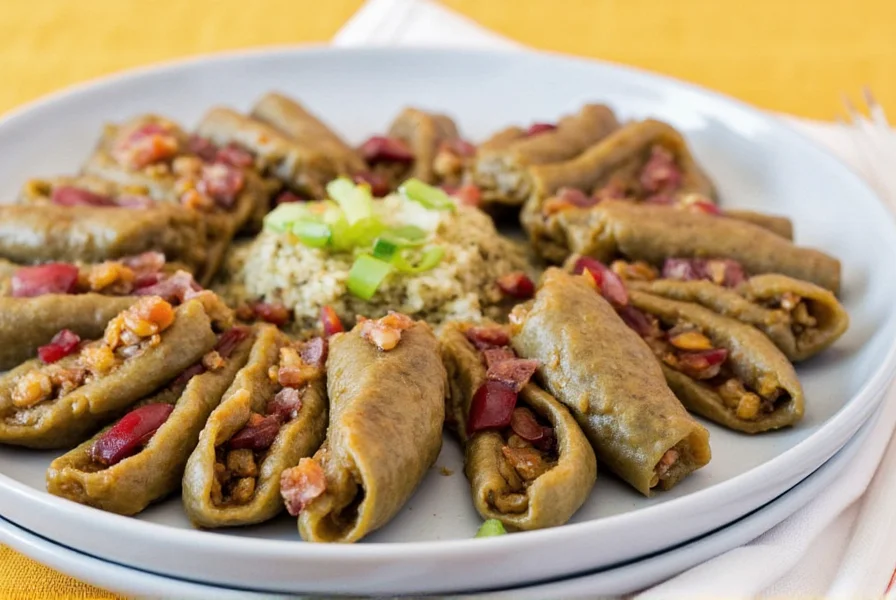
The Magic Inside the Leaves
So what exactly goes inside these beautifully rolled parcels? Let’s break it down:
- Rice: Basmati is preferred for its fluffy texture and ability to absorb flavors without turning mushy.
- Fresh Herbs: Parsley, dill, cilantro, and mint are commonly used, giving dolma its distinct green flavor profile.
- Alliums: Finely chopped onions add sweetness and depth.
- Nuts & Dried Fruits: Optional additions like raisins, slivered almonds, or pistachios offer a luxurious contrast in texture.
- Lemon Juice or Limu Amani: For that tangy kick that balances everything out.
- Olive Oil: Used generously to coat the leaves and infuse the filling with richness.
A Comparison of Dolma Fillings Across Cultures
| Cuisine | Main Ingredients | Signature Spice/Taste | Common Leaf Used |
|---|---|---|---|
| Persian (Iranian) | Rice, herbs, olive oil, limu amani | Tangy, herbal | Grape leaves |
| Turkish | Rice, pine nuts, currants, cinnamon | Sweet, citrusy | Vine leaves |
| Greek | Rice, dill, mint, lemon | Zesty, herby | Grape leaves |
| Lebanese | Ground lamb, rice, mint, allspice | Meaty, savory | Cabbage leaves |
Spice Spotlight: What Makes It Sing?
While some cuisines go bold with cinnamon or allspice, Iranian dolma sings a softer song. Here’s the breakdown of key spices and how they elevate the dish:
- Black Pepper: Adds gentle heat and enhances herbaceous notes.
- Cumin: Earthy warmth that ties the entire dish together.
- Coriander Powder: Slightly citrusy, complements fresh herbs perfectly.
- Cardamom: Subtle floral undertone that adds elegance.
- Limu Amani (Dried Limes): Unique Persian ingredient that gives a deep, tart finish without acidity overload.
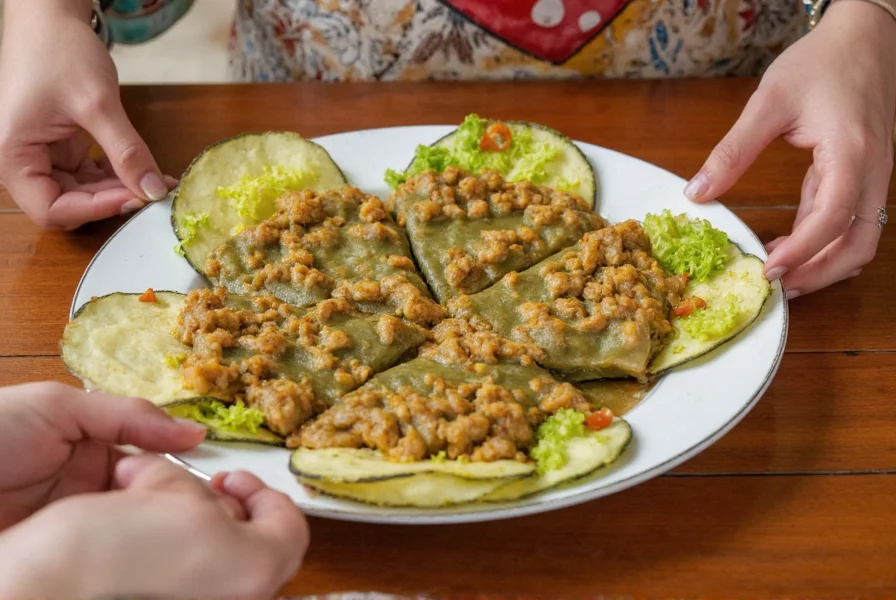
Pro Tip: Toast Your Spices First
To unlock maximum flavor, toast whole spices in a dry pan before grinding them. This technique is especially useful for cumin and coriander seeds.
How to Cook the Perfect Iranian Dolma at Home
Ready to roll up your sleeves? Here’s a step-by-step guide to making mouthwatering Iranian dolma from scratch:
- Prepare the Leaves: Use preserved grape leaves from a jar. Rinse them well and gently pat dry. If using fresh leaves, blanch them first.
- Make the Filling: Mix cooked basmati rice with finely chopped herbs, onions, toasted spices, olive oil, and lemon juice or limu amani paste.
- Fill the Leaves: Place a small spoonful of filling near the stem end. Fold sides inward and roll tightly like a burrito.
- Layer & Steam: Line the bottom of a pot with leftover leaf scraps to prevent sticking. Pack the rolls tightly and pour over a mix of water, olive oil, and lemon juice.
- Cook Low & Slow: Cover with a lid and steam over low heat for 45–60 minutes until tender and aromatic.
- Cool & Serve: Let sit for 15 minutes before serving cold or warm. Drizzle with tahini or yogurt sauce if desired.

Top Mistakes to Avoid
- Using too much rice—leads to bursting rolls
- Skipping the soaking step for preserved leaves—results in bitterness
- Not compacting the rolls enough—makes them fall apart
Serving Suggestions & Pairings
Dolma shines brightest when served with complementary flavors. Here are some ideal pairings:
- Tahdig: That crispy layer of Persian rice adds a wonderful textural contrast.
- Tahini-Yogurt Sauce: Balances the richness of the dish with creaminess and a hint of sesame.
- Fresh Cucumber Salad: Brightens the palate between rich bites.
- Tea or Doogh: A cooling drink like doogh (yogurt drink with mint) pairs perfectly.
Buying Guide: Ingredients Worth Investing In
Making authentic Iranian dolma starts with choosing the right ingredients. Here’s a list of recommended products and where to find them:
1. Preserved Grape Leaves
- Brand: Bariq or Al Wadi
- Features: Brined in natural salt and vinegar, no preservatives
- Where to Buy: Middle Eastern grocery stores or Amazon
- Best For: Traditional recipes requiring soft, pliable leaves
2. Dried Limes (Limu Amani)
- Brand: Ziyad or Mazafati
- Features: Naturally sun-dried, deeply aromatic
- Where to Buy: Persian markets or specialty spice shops
- Best For: Adding that unmistakable sour-tangy note
3. Fresh Herbs
- Options: Parsley, dill, cilantro, mint
- Features: Organic, locally sourced if possible
- Where to Buy: Farmer’s markets or well-stocked supermarkets
- Best For: Ensuring vibrant color and flavor in the filling
4. Basmati Rice
- Brand: Tilda, Royal, or Daawat
- Features: Long grain, non-sticky, aromatic
- Where to Buy: Grocery stores, Indian/Persian markets
- Best For: Texture and fragrance in dolma fillings
Final Thoughts: Dolma Isn’t Just a Dish—It’s an Experience
Iranian dolma isn’t just about feeding the body; it’s about warming the soul. Every bite tells a story of heritage, hospitality, and harmony. Whether you're cooking for a family gathering or just craving comfort on a rainy day, dolma invites you to slow down and savor life one roll at a time.
So next time you see those delicate grape leaves in the store—or better yet, during Nowruz season—grab a jar and let the rolling begin. Because once you’ve tasted homemade Iranian dolma, there’s no going back.
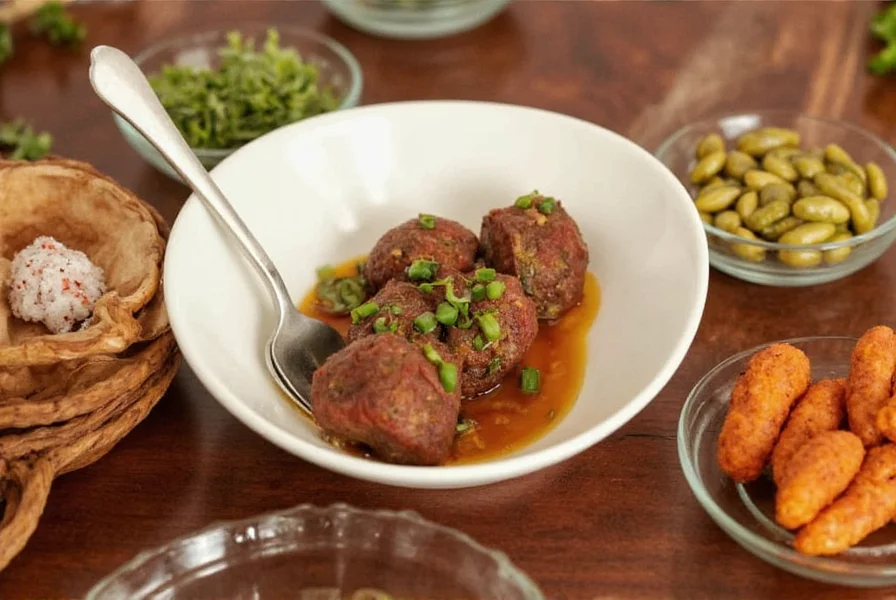
Want More Spice-Loving Recipes Like This?
Subscribe to our newsletter for weekly updates on global spice traditions, cooking tips, and exclusive product guides!

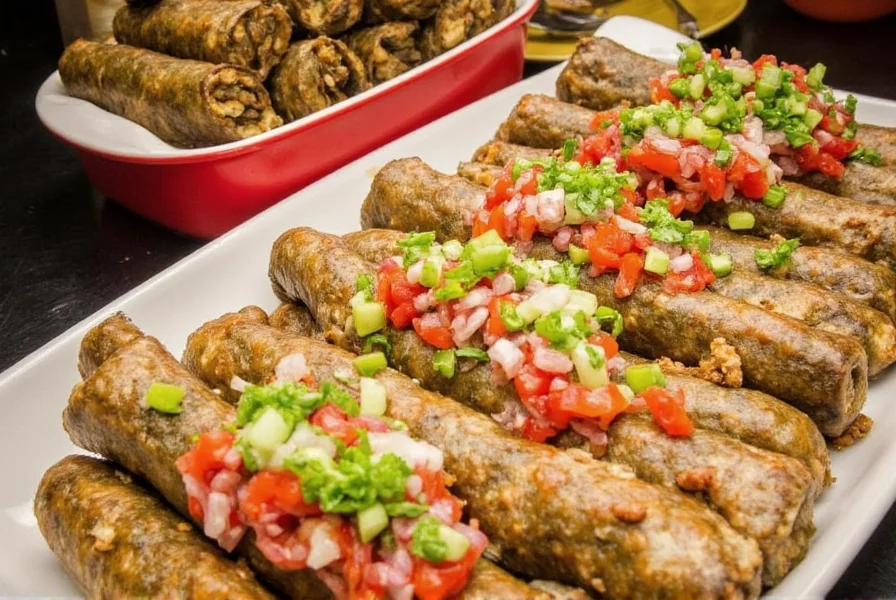









 浙公网安备
33010002000092号
浙公网安备
33010002000092号 浙B2-20120091-4
浙B2-20120091-4